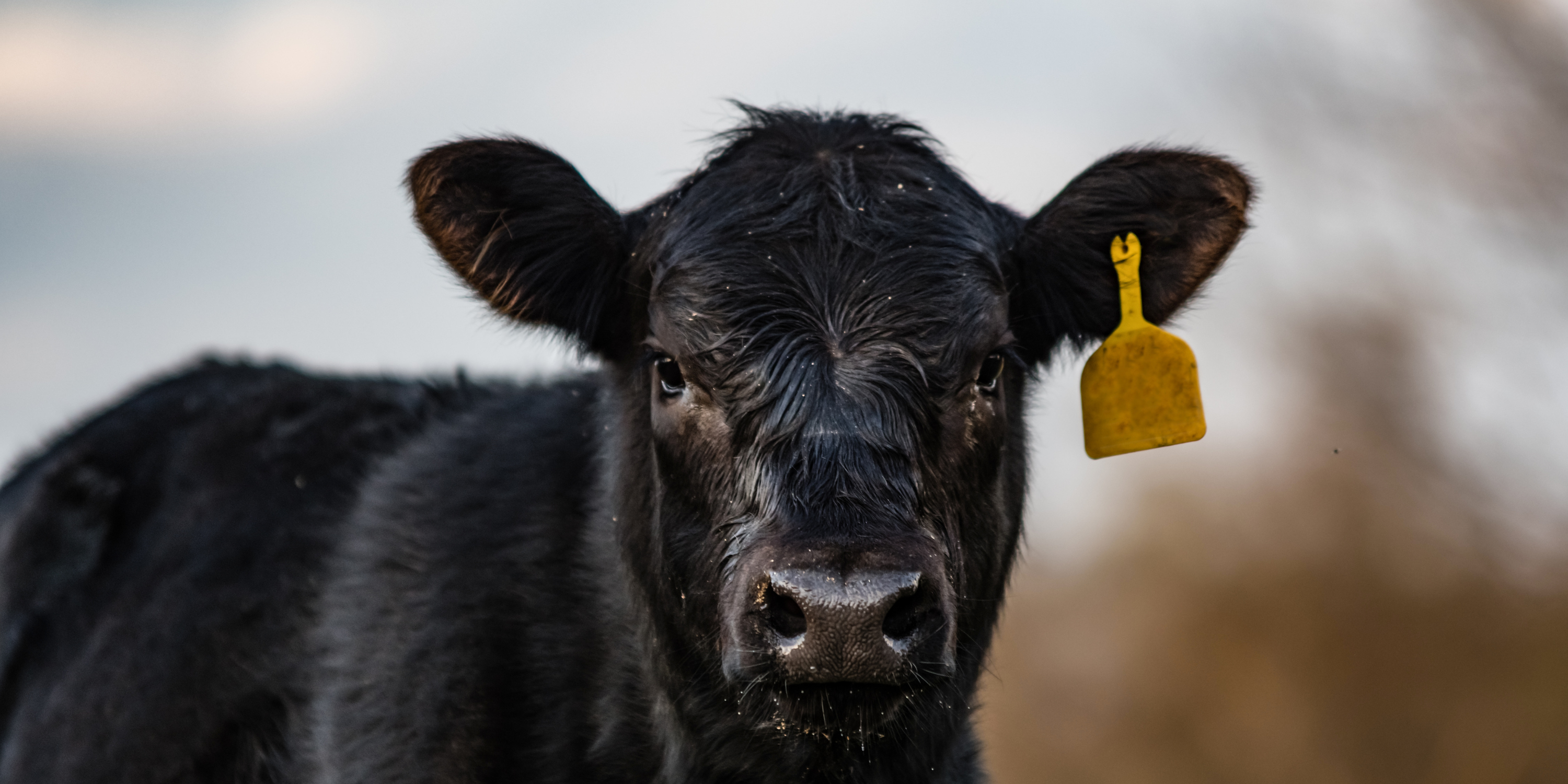
Black Gold: A Deep Dive into the Iconic Angus Cattle
When you think of premium beef in the United States, odds are you’re thinking of Angus. Revered for its rich marbling, tender texture, and consistent quality, the Aberdeen Angus breed has become synonymous with high-end steaks and efficient commercial herds alike. In this post, we’ll trace the breed’s origins, explore the traits that make Angus so prized, and explain why it dominates both feedlots and ranches from coast to coast.
Origins and History
-
Scottish Roots
Originating in the Scottish counties of Aberdeenshire and Angus in the early 19th century, the breed we know today was developed through careful selection for easy calving, hardiness, and meat quality. -
Arrival in America
The first Aberdeen Angus were imported to the United States in 1873. Their adaptability to varied climates and pastures quickly caught on, and by the early 20th century, Angus would begin reshaping the U.S. beef industry.
Defining Traits
-
Natural Polled
Angus cattle are born without horns, which reduces injury to other animals and handlers—and lowers the need for dehorning procedures. -
Superior Marbling
Thanks to genetics that deposit intramuscular fat, Angus beef consistently earns high scores for marbling, leading to exceptional tenderness and flavor. -
Early Maturity
Angus cattle reach market weight sooner than many other breeds, improving feed efficiency and shortening time to sale. -
Maternal Strength
Angus cows are known for their strong maternal instincts, good milk production, and ease of calving, making them ideal for both purebred and crossbreeding operations. -
Adaptability
From the humid lowlands of Louisiana to the arid plateaus of Montana, Angus thrive in diverse environments.
The Certified Angus Beef® Program
Launched in 1978 by a group of forward-thinking ranchers, the Certified Angus Beef® (CAB) brand established stringent quality standards—only about 20% of beef qualifies. Criteria include:
-
Modest to abundant marbling
-
Fine meat texture
-
Black hide (with certain allowances for red genetics)
-
Moderate or small muscle knuckle
The result is a premium product recognized by chefs and consumers worldwide.
Angus in Modern Production
-
Purebred Operations
Seedstock producers focus on improving traits like marbling score, feed conversion, and structural soundness, selling bulls and semen to commercial herds. -
Commercial and Crossbreeding
Angus genetics are often used as a terminal sire or maternal influence to enhance quality and consistency in crossbred calves—popular crosses include Angus × Hereford (Black Baldies) and Angus × Brahman (Brangus). -
Grass‑Fed and Niche Markets
While traditionally finished on grain, an increasing number of ranches raise Angus on pasture to serve the growing grass‑fed market, capitalizing on the breed’s natural foraging ability.
Why Angus Matters
-
Consumer Recognition
The term “Angus” on a menu or package signals premium quality, often commanding higher prices. -
Genetic Progress
A robust registry and performance‑record system drives continuous improvement in carcass traits, fertility, and health. -
Economic Foundation
Angus genetics contribute billions of dollars in added value across the U.S. beef supply chain each year.
Conclusion
From its humble beginnings in the rolling hills of Scotland to its reign as America’s favorite beef breed, Angus cattle embody the intersection of tradition, science, and market demand. Whether you’re a rancher seeking dependable genetics or a steak enthusiast craving the perfect cut, the legacy of Angus offers something for everyone—proving time and again why this “black gold” remains at the heart of the beef industry.
Up next: Hereford Heritage: Celebrating the Sturdy Hereford Cattle
Share


